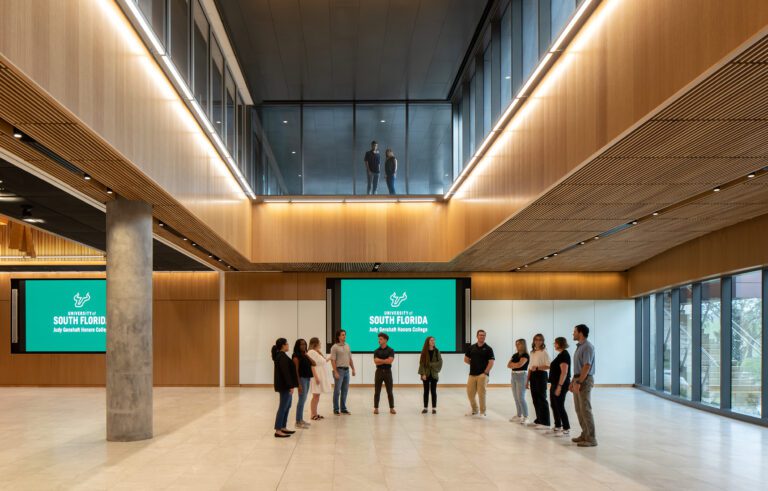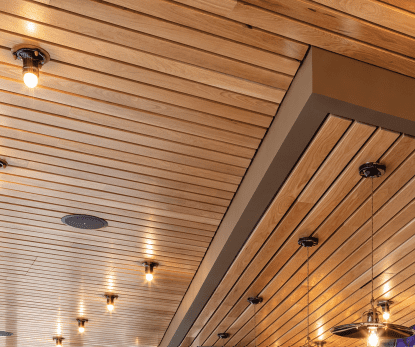A recent survey indicated that “more than two-thirds of the respondents consider sustainability when making a purchase and are willing to pay more for sustainable products.” Those buying habits certainly play into the building world, where top global companies are shifting their focus and prioritizing sustainability. One way they’re doing it? Through LEED certified buildings.
What Is LEED?
As defined by the U.S. Green Building Council (USGBC), “LEED (Leadership in Energy and Environmental Design) is the most widely used green building rating system in the world. Available for virtually all building types, LEED provides a framework for healthy, highly efficient, and cost-saving green buildings. LEED certification is a globally recognized symbol of sustainability achievement and leadership.”
Put a little more simply, LEED is a sustainability framework used for buildings. Not only does it apply to a building’s design and construction, but its operations and maintenance, too.
The LEED Certification
According to the USGBC, “[t]he LEED certification is a globally recognized symbol of sustainability achievement and leadership.” LEED can be used for all types of buildings, and those that choose LEED certified buildings contribute to a much healthier and more sustainable future for all.
LEED Benefits
The benefits of LEED certified buildings are numerous, including:
- Less pollution
- Improved IAQ
- Water savings
- Waste reduction
- Plentiful sunlight
Even if buildings weren’t initially LEED certified, the USGBC can help implement sustainable strategies for a greener building that’s focused on sustainability. This way, everyone can reap the benefits of LEED certification.
LEED & Rulon International
As an innovator in the wood ceiling and wall systems industry, we lead the market in environmentally responsible manufacturing. Our sustainable products have the potential to contribute LEED credits toward a desired LEED certification level.
Here’s how we maintain sustainability with wood in different certification systems.
ILFI
ILFI focuses on green building standards, and we’re constantly swapping components to be more sustainable and support their mission.
LEED
LEED focuses on the sustainability of the building itself, and we offer HPDs (Health Product Declarations) and contribute points to the overall scoring of your project.
WELL
WELL focuses inside the building, and its rating system considers everything from sound to water access, and even movement within a space. We provide product transparency in the form of HPDs in compliance with WELL standards so you can contribute points to the overall scoring of your project.
Our products, such as our wood wall tiles, allow you to gain credit data that can contribute LEED credits to your building project’s LEED certification. This way, you’re not just getting beautiful wood features for your project, but you’re also building something sustainable at the same time.
Incorporate Wood Wall Tiles Into Your Next Design for LEED Credits
At Rulon International, our team has been focused on two main objectives for the past 30 years: to manufacture the most sustainable products in our industry, and provide excellent service to our customers. Wood wall tiles won’t just bring beauty and warmth to your space — they’ll also bring sustainability so you can apply LEED credits to your project’s LEED certification. To learn more, schedule a design call today!




